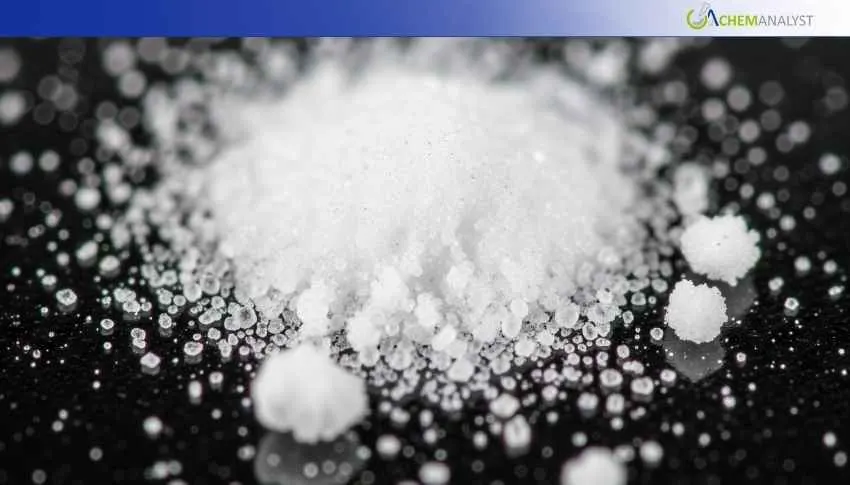Welcome To ChemAnalyst

Europe’s lithium hexafluorophosphate market strengthened in August, supported by solid EV sales and cautious restocking ahead of autumn. The region’s reliance on Chinese imports, alongside EU tariffs on China-made EVs and fresh PFAS debates, added urgency to procurement. Despite China’s recycling reforms, short-term tightness persisted. With logistics stable and demand steady, the outlook for European lithium hexafluorophosphate remains firm into September, underscoring its strategic role in the battery supply chain.
Europe's battery industry saw a palpable firming in August 2025 on rising demand for lithium hexafluorophosphate. The region, heavily reliant on Chinese imports of this critical electrolyte salt, experienced improving sentiment following modest price rises in the Chinese market indicators. European buyers, expecting consistent EV registrations and gearing up for the autumn production cycle, moved forward to lock in cargoes earlier than normal. Policy changes, ranging from China-made electric vehicle tariffs to debates regarding PFAS bans, further created a sense of urgency to the purchasing process, further validating lithium hexafluorophosphate demand throughout the region.
Supply dynamics of lithium hexafluorophosphate remained tight. Due to the lack of European mass production of the compound, the region still depends heavily on Chinese manufacturers. It is that reliance that makes Europe’s availability to the price-setting export market particularly impacted by changes in Chinese operating rates and logistics. Traders cited slightly higher offers from China compared with July, which has put pressure on European buyers to act fast.
While China’s new rules allowing “black mass” battery recycling scrap imports from August 1 are seen easing feedstock supply in the longer term, a shortage in the short term meant importers could ill afford to wait. Lithium hexafluorophosphate was a key molecule where the importance of scheduling and tracking its shipment for electrolyte blenders was further emphasised in the month.
On the demand side, electric vehicle sales in Europe fared better than expected. Figures revealed battery-electric registrations exceeding 869,000 during the first six months of the year, and growth driven largely by Germany, Belgium, and the Netherlands. Such steady growth provided a predictable draw for lithium hexafluorophosphate even as certain automakers altered production strategies or reduced deliveries in some markets. EV sales are continuously strong, which also gave battery cell producers confidence that demand for electrolyte will remain solid until the end of the year, thus underpinning sentiment in the lithium hexafluorophosphate market.
On the other hand, the policy shifts would also go a long way toward further influencing present-day sentiments. And since the European Union decided to continue countervailing duties on Chinese-made EVs, this has been slowly altering the trade lanes, but has not served to reduce Europe's short-term requirements of lithium hexafluorophosphate for import. Also, the PFAS restriction proposal that was updated in August adds some new compliance considerations for battery-sector-related chemical suppliers.
Month-end market activity reflected cautious optimism. Some lithium hexafluorophosphate buyers purchased smaller quantities to satisfy near-term requirements pending resolution of Chinese tenders and EU negotiations concerning regulation. Logistics flowed smoothly; however, with freight conditions firm to support on-time arrival. However, since lithium hexafluorophosphate was so inextricably tied to Chinese output and price patterns, European buying interests were alert to monitoring any surprise policy or supply-side changes that could affect future shipments.
Looking forward, based on the ChemAnalyst database, the lithium hexafluorophosphate market in Europe seems poised to continue a firm-to-steady tone until September. Unless Chinese production dramatically changes overnight or new regulatory challenges arise, the blend of solid EV sales, continued restocking, and the absence of regional self-sufficiency will continue to ensure imports and maintain sentiment.
We use cookies to deliver the best possible experience on our website. To learn more, visit our Privacy Policy. By continuing to use this site or by closing this box, you consent to our use of cookies. More info.
